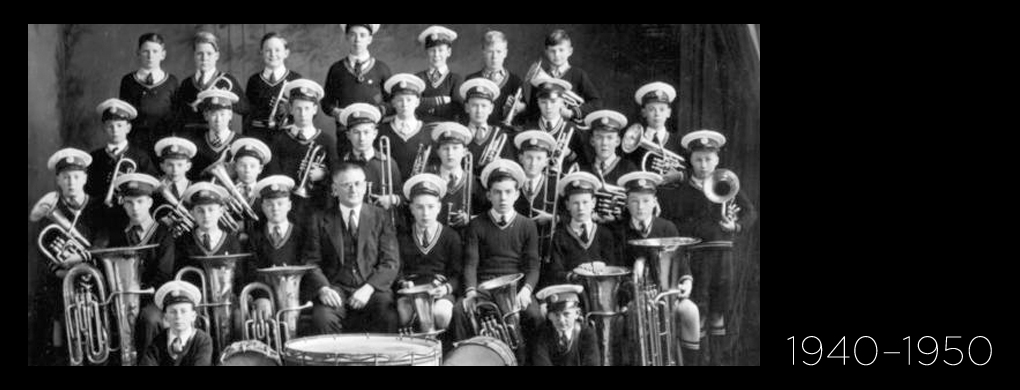Fire devastates Collingwood Technical School

June 1943 – A fire ravaged Collingwood Technical School, destroying the Boot and Shoe Building, Plumbing and Sheetmetal Departments. Flames were seen shooting out of 50 ground and top floor windows along two sides of building. Firemen from three stations were called at 4.45am and could see the fire blazing from a mile away.
Gone were all the expensive boot and shoe making machines given to the School by British United Shoe Machinery Company of Australia. The building was old, with wooden columns supporting wooden floors, and a lot of combustible materials such as oil-saturated work benches. The firemen did an excellent job getting the fire under control in less than half an hour although it burned overall for an hour and a half; thanks to their efforts, most of the building was saved.
Classes relocated
Classes had to be re-accommodated to premises in Palmerston Street and the effects of this fire were still being felt as late as 1946. Building materials were scarce during the war years. Eventually a new three storey building of workshops was erected on the site of the old burnt-out remains and a new footwear building, costing £30,000, was completed by February 1945.
The new building and the success of the School, were reported in the ‘Educational Magazine’ for November 1948 as: ‘...well laid out, well lighted, well equipped, and spotlessly clean...risen from the ashes of the old. In a sense the school is a model factory, with enormous window space, with walls faced with cream tiles to a height of seven feet, with light-reflecting upper walls and ceilings fitted with fluorescent light fixtures; inside as well as out, it is architecturally pleasing and efficiently designed. But buildings, no matter how fine, do not make a school. While emphasis may be laid upon the quality of the staff, which is indeed high, and the happiness and industry of the students, not a little of the schools success is due to the constant interest of leaders in the boot and shoe industry and of the machinery company mentioned earlier, which saw to it that the new school was thoroughly equipped with up-to-date machines.’